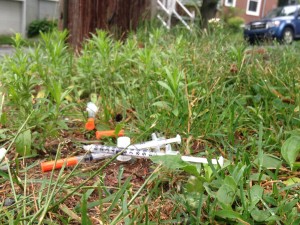Statistics Canada has reported an increase in cases of child pornography in Halifax over the past 5 years. In 2015 alone, there were 87 actual incidents within the city, though only 16 persons were charged in these cases.
Child pornography is defined as making, possessing, distributing or accessing sexual images of persons under the age of 18. In the past decade, Canada has seen a decrease in overall crime rates, yet there has been a continuous growth in the rates of sexual exploitation crimes. In the Atlantic region, the province of Nova Scotia has had the highest number of incidents that have continued to rise overtime.

Judith Singer Bates, a clinical social worker in Halifax, deals with victims and offenders of child pornography. She believes that the rise in incidents in Halifax and across Canada are as a result of more awareness on the topic. Singer Bates says that due to the growing accessibility of computers, offenders are more likely to react to the urge of participating in child pornography.
Singer Bates says “hurt people, hurt people.” In her years as social worker, she has understood that most offenders of child pornography were also once victims of sexual exploitation. She says that the abuse is a way for offenders to escape a problem developed in their childhood.
Singer Bates believes that child pornography is an addiction, she says, “jail time does no good,” as she compares the compulsion to drug dependency, which requires intense rehabilitation.
With over 30 years as a counsellor, she sees that offenders can only get help once they are willing to admit they have a problem.
On the other hand, victims of child pornography become more vulnerable, experiencing, low self-esteem, and often depression. Bates says that children are usually ashamed of reporting incidents, in the fear that they will be judged, and their parents will be disappointed.
As a current solution, Singer Bates suggests for children to be educated on sexual exploitation, as she see’s it as the first step to teaching them to recognize abuse when it happens.








